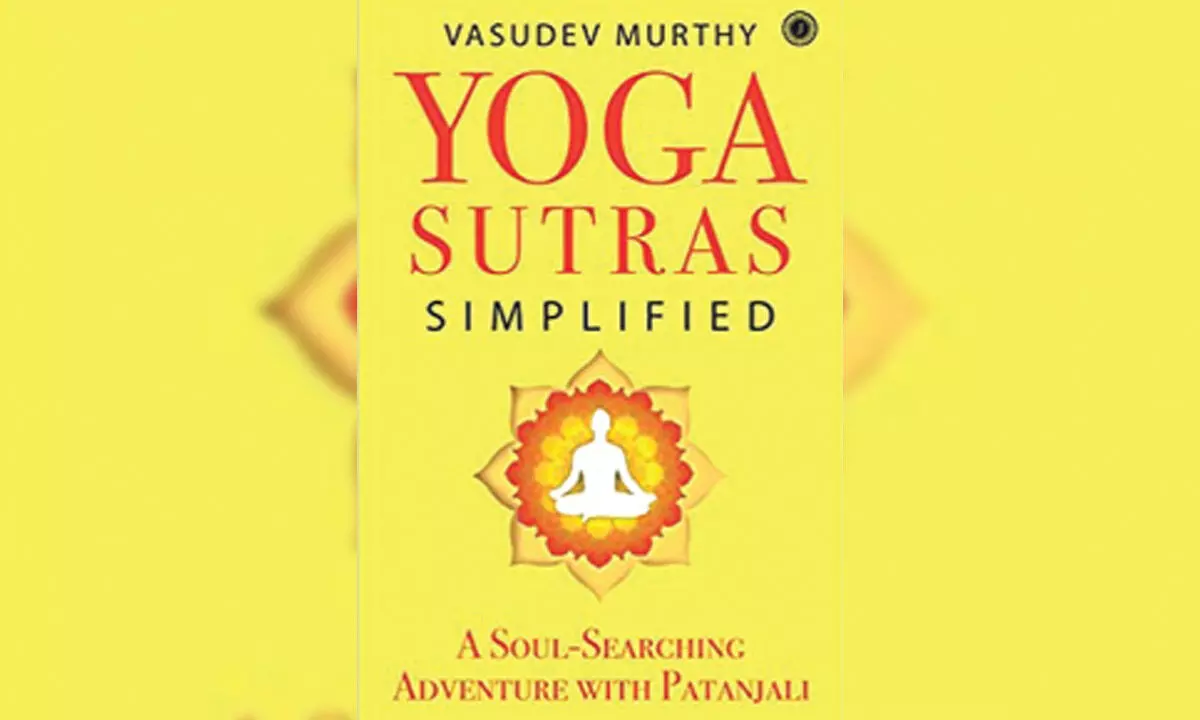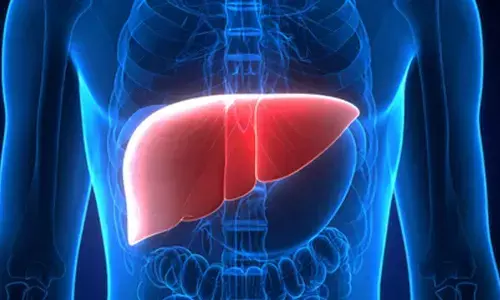Engineering the Mind and Body

Engineering the Mind and Body
Asanas indeed serve to train the body for calm focus. A simple principle is that if the mind is agitated, bodily balance is unachievable.
Asanas indeed serve to train the body for calm focus. A simple principle is that if the mind is agitated, bodily balance is unachievable. Those who are otherwise used to asanas as part of their regimen will understand the point immediately. Try to stand motionless, and you will discover it is exceedingly difficult. The body totters, shakes, shivers and sways. Close your eyes and try it again and see how you almost fall.
Asana practice underlines slow and steady melding of the mind and body through steady and calm breathing. Any asana practice that causes the aspirant to inhale and exhale quickly and laboriously as though experiencing discomfort or tension is flawed.
Asanas train the body and mind to be still, impervious to distractions.
Many aspirants also close their eyes during their practice to further block out sensory distractions; I do this often. No matter how complex and strange an asana looks, it has not been mastered unless the practitioner is seen to be calm and her breathing is slow and steady.
This obviously requires extended practice and dedication. Yoga—as conventionally understood—is not a physical fitness technique but has a different goal. It may happen that extended practice results in a lithe and healthy body, but that is, in fact, incidental. The practitioner wishes to meditate for extended periods, still and calm. Without a strong physical frame that supports focus and does not find any posture uncomfortable in the least, one-point meditation is impossible. Distractions caused by the body seeking comfort will plague the mind. Each cell seems to call out for attention—scratch me here, shift me there, straighten me out and so on.
Asanas do require singular focus on various parts of the body and close attention to the state of individual muscles. Some are relaxed, some stiff, some are effectively atrophied due to disuse. One who keeps himself fit and supple through dedicated asana practice is ready for more arduous and demanding meditation sessions.
A yogi whose face radiates tranquillity while in the most demanding posture has understood the point. His breathing is slow and steady, his brow is smooth. His eyes are likely to be closed, but they are peaceful and calm if open. He has additionally surrendered to Ishwara, and therefore, asana practice may be considered a form of worship. There is no pain and no discomfort, and after some time, the mind is no longer even aware of the body.
You may have observed that when your body is in discomfort, it tends to have shallow breaths. Thus, a body in the ideal asana posture ought to be at peace and be relatively indifferent to externalities like heat and cold. Breathing is slow, deep andsmooth.
My asana teacher used to ask me to "observe the pain and discomfort". Far from being dramatic, observing pain reduces it or makes it bearable. The act of neutrally observing one's pain is a stark example of the separation of the seer and the seen, referred to earlier.
The presence of pain is indicative of other problems that need to be investigated. As breathing becomes slow and steady, pain either effectively disappears or becomes bearable. It is not easy, as everyone's pain threshold is different. Nevertheless, in most cases, if the focus shifts, with determination, from wincing with pain to breathing slowly and regularly, pain becomes tolerable, even if uncomfortable.
Once again, we see how the mind can be trained to be focused, a critical prerequisite to long-drawn meditative inquiry.
Every asana must be an experience of deep peace and slow and even breathing.
(Excerpted with permission from 'Yogasutras Simplified: A Soul-Searching Adventure with Patanjali' by by Vasudev Murthy Foreword by Yogacharya Dr. Ananda Balayogi Bhavanani, MBBS, MD, C-IAYT, DSC, Rs 399, published by Jaico Publishing House)

















